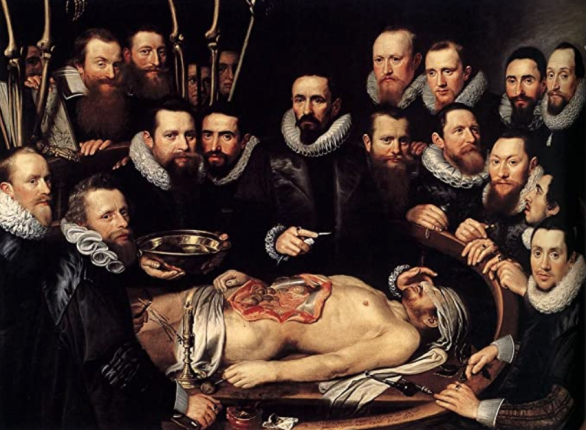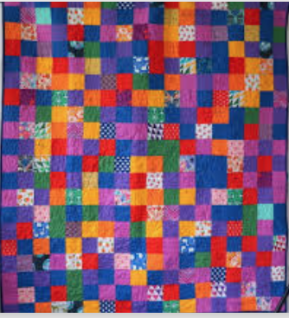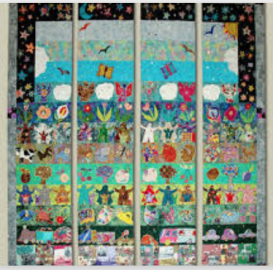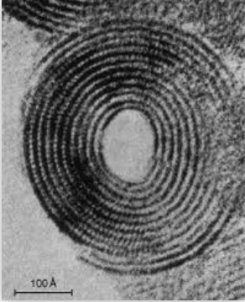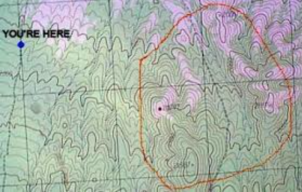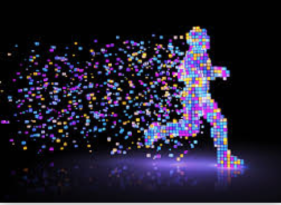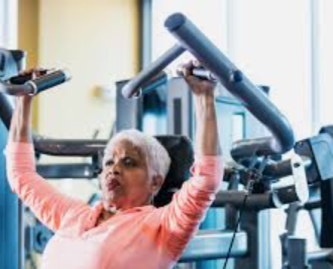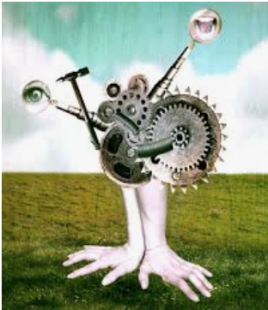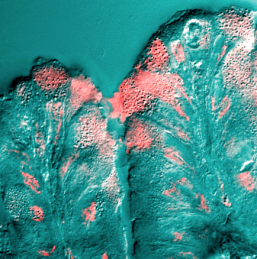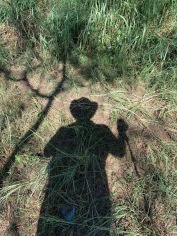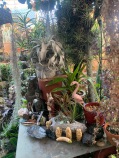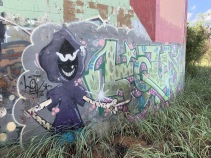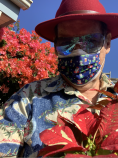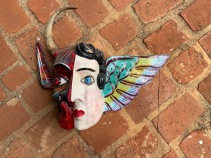ANATOMY LESSONS
Since I started this chapter it has been concurrently changing its organization as I go. This is a kind of outline or syllabus for a course in anatomy and physiology from an orthobionomic point of view. As with most everything in this web book visitors can catch it in progress. Everything is mutable, subject to change.
There are many signals that science itself is in the midst of a seismic shift, a major paradigm shift. One of those changes is the rise in the biological sciences.
Introduction
Where is the beginning of a circle?
“Life is round!” declared Gaston Bachelard, after taking testimony from the Poets.
Language forces upon us a kind of linearity, making it much less likely we will see the roundness of life, the wholarity of it.
The Reality Sandwich, beginnings and endings and tucked in-betweenings.
Anatomy and Physiology are given as texts, lines to read.
How much does it make us see other people in a similarly linear way?
There is a pragmatic quality to Ortho-Bionomy. It simply works a significant amount of time and this, for many, is a constant source of surprise. The reason it is a surprise is that it seems at odds with standard theory, our basic assumptions about how the body works.
If we follow a reflective practice (and Ortho-Bionomy encourages this) we have two responses. One is to pay close attention to what is going on in me during the process. The other is to be alert for any ‘literature’ that may provide prior ________
Most of the following can be read in whatever order you like though I recommend beginning at what I have chosen to be the beginning. Begin with Sensing. This is how a session of Ortho-Bionomy would begin, locating an sensing the other. An understanding of sensory biology is necessary to correctly locate the other.
I have made a list of what I consider to be the basic functions of life, apart from what I would call the vegetative functions (e.g., breathing, eating, reproducing, etc.). These are the things an organism needs to be able to do in order to perform all of these vegetative functions. I have been playing with this list for some years now and some items come and go. Here it is today.
Sensing
Locating
Moving
Holding
Releasing (Letting Go)
Computing (Analyzing, Predicting, Discriminating, Learning)
Valuing
Connecting
Doing Nothing
These functions not only are necessary to be able to survive on an individual level (e.g., obtain food) and also the continuation of the group, species (procreate).
A COMMUNITY QUILT
is a useful visual metaphor, a way of mapping.
Many hands stitch many stories
building one many-mooded, multi-hued tale of grief and hope and life ongoing.
How widened is my gaze, scoping it out?
Am I set by my nature to go for the gestalt
or start staring at the cells just under-
Ground?
Quick behind the looking comes the seeing.
You can only see what you are looking for.
Pattern recognition
Once an embryo paleontologist went out on her first hunt in a field her leader told her was full of fish. All the team scooping them up, right and left while she found nary a one. Next day she did—just one. Day following she netted two. Soon she could no longer not see them. Her looking laid the pattern of the fish aswim in the ground under her feet.
Come scale down the scope of the quilt,
each square telling a private tale
many stories of grief and hope
and life ongoing.
Find the fine stitching.
The movement in the threads reveals his his signature
in the phase beyond is bound her DNA.
COMMUNITY QUILT TAKE 2
COMMUNITY QUILT
TAKE 2
I’m visualizing a quilt, one of those quilts constructed by a community
for a purpose
commemorating imagining and building together
Most of you have seen such a quilt,
many of you have put your handiwork into one or more.
Some lucky few may be looking now at that one on the wall
owned on loan.
If you look wide-eyed you see the gestalt, the big picture.
Narrowing down the gaze you are
looking at the individual cells,
out of which the body of the quilt was built,
we see each cell a story in itself.
In literature, this could be called a frame tale,
also a popular format for a television series,
each episode a complete story in itself and
fitting into an overarching plotline.
Finer tune your scope and find
the fine threads tying the parts into one.
His signature is found in the movement of the line
her DNA embedded in the finest fiber of thread.
Shift your gaze back and forth from the largest whole of it
(including context if you can manage)
to the minute detail and stages in-between.
At which phase do you feel most stable, most secure,
where are you at the whim of a wind?
Where are you the most comfortable and is that the same as stable?
Now take the inner image of your body
remember the feeling of your body as you imagine
overlaying it onto the quilt.
Your body is the quilt with all those little cells contained
shift your gaze and feel your body as one of many cells
comprising a bigger body.
THE LESSONS
EXERCISING
REPARATIONS
OF THE BASE
Two poles, plus and minus.
To repair and strengthen the base
attention must be paid more toward minus.
In other words, learn to let go.
Basic physiology lesson: Reciprocal Innervation goes way back to Descartes 1626. There is the agonist muscle and the antagonist. Muscles work in pairs (remember how movement is bidirectional). Striated muscle
(three types of muscle: striated, smooth, and cardiac), which are the muscles that make you move, mostly work across joints. Muscles on one side contract. Place a hand on a table or on your leg, palm down (prone). Now lift your forefinger. Muscles along the top of your hand contract. Never mind their names. Extensor muscles in general. For the finger to lift it is necessary that the ones on the bottom, the flexors, don't contract. Otherwise, they would be fighting and that's called tetanic contraction.
When lifting (or pushing or pulling) how much weight will move just by letting go.
Start with little weight, maybe only an empty hand.
On balance more bend more toward the pole of letting go. Give that your attention. Even when lifting pushing pulling weight find all the work you can let go of. Check your face a lot. Grimacing is unnecessary work. Let go of your face.
These are all some things to play with.
Let go all at once or super slow glide down
pausing here and there along the way
allowing reparation and sharing up along the ranks
Bouncing softly up and overall enough more down to take you to
Ground.
Turn the quivering into dancing
BODY SCHEMA
BODY IMAGE
A body-image is in some ways always the sum of the body-images of the community according to the various relations in the community. Relations to the body-images of others are determined by the factor of nearness and farness and by the factor of emotional nearness and farness.
––PAUL SCHILDER
\
MUCUS
HANGING OUT IN TRANSITION ZONES
A contranym is a word that means both itself and its opposite. Cleave is one example of a contranym. I can be used to mean 'stick to' or it can mean 'separate from. There is something contranmic in the nature of mucus, which acts as a glue (and in the case of mucilage is a glue) and lubricant.
